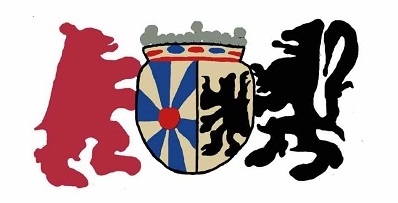Shopping cart
Your basket is empty
Search
Articles
N E W & N O V E L T Y S
workshops
P R O M O T I O N S
PROMO -80% -60% -50% MUST GO
sample packs
Superior knitting needles -20% -30% -40%
dirty children mohair collection
dirty mama mohair
rambouillet supreme
Rambouillet Speciale
MerinooWAW
cormisimo
Tweedy Japanese colors
Scottish Highland Mohair
Royal Suri Erotique
Japonica silk special
ANGELUS dons
MerinoSoft Super Knit
MerinoSoft super Lace
MerinoSoft Fine
MerinoSoft Sport
i used to be a Pullover
PowderSoft silk
color test powdersoft silk
i used to be a CASHMERE pullover
MerinoSock & SoftySock 75/25
Super Kid Mohair Silk BLACK LABEL
Fat Mohair RED LABEL
Super Mohair Fluff/LooP
mohair specials & unicorns
indigo denim & Co
Silk Yaspé Shangtung Colors
Silk Specials & Rare to find silks
Silk Bourette de Luxe
20/2 Nm Japanese imperial kiku shiramine silk
Qiviut + Silk
Vicuna and Guanaco & Alpaca & Camel
Royal Alpaca, Baby Alpaca etc
Royal Camel and Silk
Luxe Cashmeres
Orenburgskyi & Shetland Specials
Angora and other super luxe
LUXE and Rare to see or find SHEEP
Spinning Felting Punching &...
ARGENTIA silk
argentia silk 75 deniers
argentia silk 150 deniers
argentia silk 225 deniers = 50/2 NeC
Silk Organza Grenadine Superia
Silk Schappe fine + thicker
Ecological colored wool
pure plant colored special
Paillettes Pearels etc
Luxe cotton
Sea Algues
Lino Flandrica standard collection
Lino Flandrica Knit
Lino Flandrica MUST GO
Egyptian Cotton Giza 45+
Fun Fantasy Yarn
On Basis of paper
Shrinking threads
Metalised threads Bling Bling
Metaloïde Non-Metals
Extra Specials BIZAROÏDES
Latex & Co
color changing threads
Smelt Thread
MAGIC SMELT 3 dimensional forming
Experimental Recycle upcycling
Horsehair & other hair
Blank yarns to color yourself
10% - 50% - 100% Metal
ETextile High Technology Yarn and Co
SUPER PROMOTIONS........
Brazillian Chicken
100% VEGAN
HAUTE COUTURE SPECIALS
designers and their special yarn packs
no longer available
-
Service
information and usefull tricks and other blabla
usefull knitting tricks dragonfly fluff
usefull knitting tricks dirty children mohair
-
opening houres
Newsletter
shipping cost
Special OpenDoor Days 2025
Sales Rules & privacy policy
books good for weaving
Wholesale
Students
you want to contact us?
isee creation
designers
